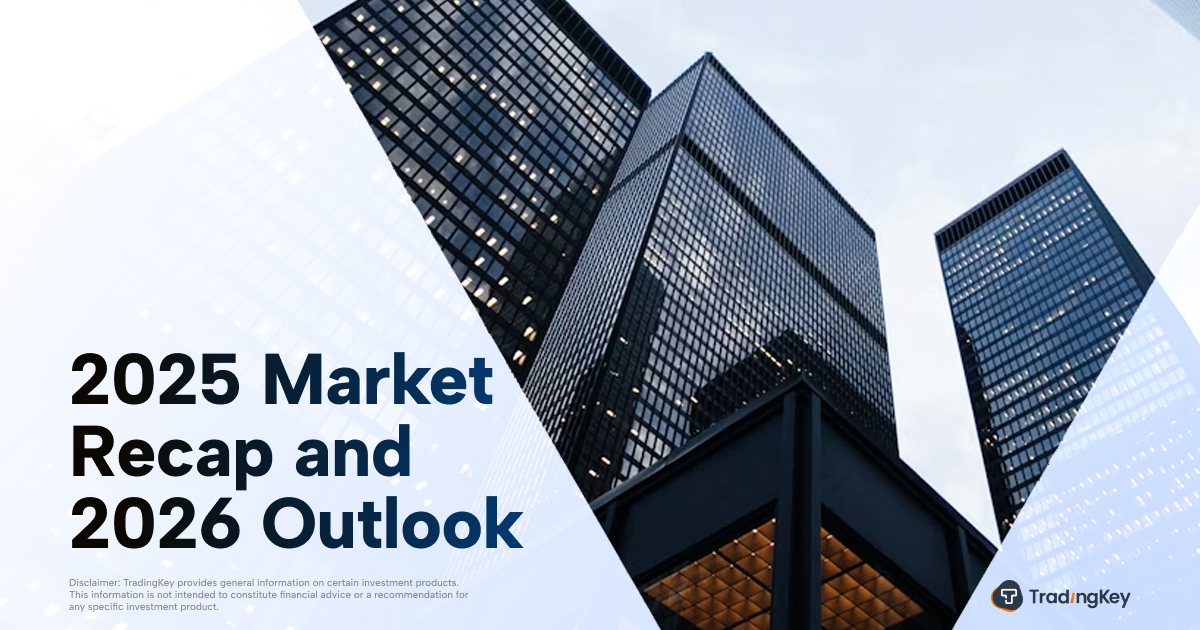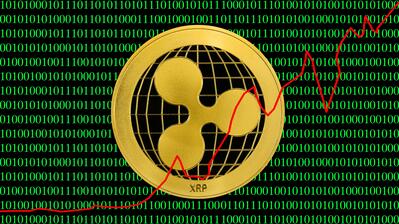US Dollar fluctuates amid escalating tensions between Russia and Ukraine, cooling dovish Fed bets

- The US Dollar Index trades with mild gains around 106.20.
- DXY is favored by a combination of factors, including Putin's threat on nuclear weapons usage.
- Fed officials have cooled on aggressive easing with Powell downplaying the need to be hasty.
The US Dollar Index (DXY), which measures the value of the USD against a basket of currencies, trades with mild gains around 106.20 on Tuesday, lifted by a combination of factors. The USD initially surged following Russian President Vladimir Putin's announcement that nuclear weapons could be used in conflicts with non-nuclear states supported by nuclear powers.
However, the Greenback has eased somewhat as the release of Chinese economic data and details of the government's stimulus package have also contributed to the USD's mild retracement.
The US Dollar remains in an uptrend, supported by strong US economic data and market uncertainty regarding Federal Reserve (Fed) interest rate cuts. Despite a recent pullback due to profit-taking, DXY has sustained its momentum and reached yearly highs near 107.00.
Daily digest market movers: US Dollar mixed, cooling dovish bets on the Fed favors the upside
- The US Dollar has eased from its recent highs as investors take profits after its recent rally against major currencies.
- Chinese economic data and details of the government's stimulus package contributed to the USD's mild pullback.
- Fed Chair Jerome Powell emphasized a cautious approach to rate cuts, highlighting the economy's strength.
- Other Fed officials, including Kugler, echoed Powell's message, stressing the need to monitor both inflation and unemployment.
- Market expectations for a December rate cut have declined in response to Powell's comments.
- On the data front, Housing Starts in the US dropped by 3.1% in October, reaching 1.311 million units, according to Tuesday’s monthly report from the US Census Bureau.
- Building Permits fell by 0.6% in October after a revised 3.1% decrease in September, which was initially reported as a 2.9% decline.
DXY technical outlook: Consolidation follows rise to annual high, overbought levels raise reversal concerns
The DXY has been in an uptrend of late, influenced by strong economic data and the Fed's cautious statements. Despite reaching a 52-week high, profit-taking has caused a slight pullback, suggesting the possibility of consolidation.
Technical indicators, including the Relative Strength Index (RSI) and Moving Average Convergence Divergence (MACD), remain positive but are flat, indicating consolidation. Additionally, the index is overbought, raising concerns about a potential reversal.
US Dollar FAQs
The US Dollar (USD) is the official currency of the United States of America, and the ‘de facto’ currency of a significant number of other countries where it is found in circulation alongside local notes. It is the most heavily traded currency in the world, accounting for over 88% of all global foreign exchange turnover, or an average of $6.6 trillion in transactions per day, according to data from 2022. Following the second world war, the USD took over from the British Pound as the world’s reserve currency. For most of its history, the US Dollar was backed by Gold, until the Bretton Woods Agreement in 1971 when the Gold Standard went away.
The most important single factor impacting on the value of the US Dollar is monetary policy, which is shaped by the Federal Reserve (Fed). The Fed has two mandates: to achieve price stability (control inflation) and foster full employment. Its primary tool to achieve these two goals is by adjusting interest rates. When prices are rising too quickly and inflation is above the Fed’s 2% target, the Fed will raise rates, which helps the USD value. When inflation falls below 2% or the Unemployment Rate is too high, the Fed may lower interest rates, which weighs on the Greenback.
In extreme situations, the Federal Reserve can also print more Dollars and enact quantitative easing (QE). QE is the process by which the Fed substantially increases the flow of credit in a stuck financial system. It is a non-standard policy measure used when credit has dried up because banks will not lend to each other (out of the fear of counterparty default). It is a last resort when simply lowering interest rates is unlikely to achieve the necessary result. It was the Fed’s weapon of choice to combat the credit crunch that occurred during the Great Financial Crisis in 2008. It involves the Fed printing more Dollars and using them to buy US government bonds predominantly from financial institutions. QE usually leads to a weaker US Dollar.
Quantitative tightening (QT) is the reverse process whereby the Federal Reserve stops buying bonds from financial institutions and does not reinvest the principal from the bonds it holds maturing in new purchases. It is usually positive for the US Dollar.







